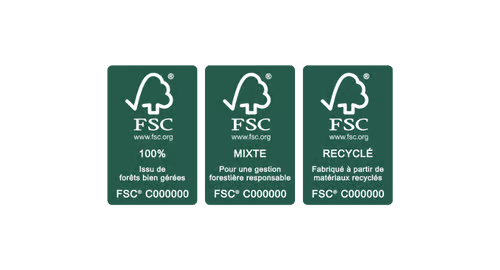I. Introduction
Composting is an ecological and sustainable method of valorizing organic waste by transforming it into a natural fertilizer called compost. This technique involves allowing the microorganisms present in the composted materials to naturally decompose with the help of oxygen and water to produce nutrient-rich soil.
Not only does composting help reduce the volume of waste, but it also contributes to environmental preservation by limiting greenhouse gas emissions associated with waste treatment. Additionally, compost is an excellent natural fertilizer that improves soil quality and promotes plant growth, making it an ideal solution for gardeners.
In this article, we will learn everything about composting, from its definition to its benefits for the planet and garden, to the different techniques for home or industrial composting.

II. How to Compost at Home?
- Fruit and vegetable peels
- Crushed eggshells
- Tea bags, coffee grounds, and filter (if made of paper)
- Dead leaves, plants, and flowers
- Hay, grass clippings, and weeds (previously dried)
- Pruned wood and brush (finely cut)
- Paper, cardboard, and cellulose-based fabrics (tissues, paper towels, newspaper, etc.)
It’s important to avoid colored parts that may contain heavy metals, and not add:
- Meat
- Fish
- Dairy products
- Oils or fats
Some products are also compostable at home and are recognizable by the “OK Home Compost” label. You can add fruit and vegetable bags or cardboard packaging with this label in your compost bin.
To succeed in composting, it’s important to mix the waste items well and regularly aerate them to promote decomposition. You can also moisten your compost to maintain optimal moisture levels. Be sure to mix at least once every two weeks during the first two months to obtain a homogeneous compost.
By following these simple tips, you can produce your own natural compost to feed your garden while reducing your waste.

III. Industrial Composting
1. Steps of industrial composting
- Organic waste is collected and sorted to eliminate non-compostable materials.
- The materials are crushed and mixed to obtain a homogeneous and balanced mix of carbon and nitrogen.
- The compost is then placed in silos, where it is regularly stirred and aerated to promote the decomposition of the materials.
- Finally, the compost is sifted to eliminate undesirable elements and obtain a quality compost.
2. Industrial compostable materials and their identification with the EN 13432 and BPI logos
The materials compostable in an industrial setting are the same as for home composting, but with some differences. Indeed, some waste such as citrus, nuts, and bones are not recommended for home but can be composted industrially. Additionally, compostable waste destined for industry must be marked with the EN 13432 or BPI logo to guarantee their compostability.
3. Current status of the industrial composting industry in France




